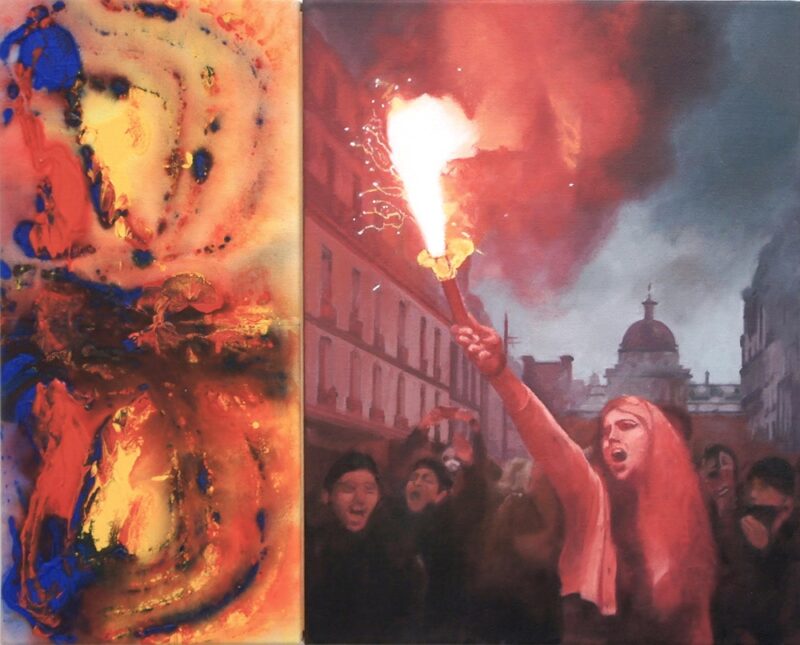
Jacques Lipchitz: The Couple, 1929 – Bronze, 92 x 162 x 98 cm
Marlborough Gallery, 6 Albemarle St, London W1S 4BY www.marlboroughgallerylondon.com
Instagram: @marlborough_gallery
The Marlborough Gallery goes back a fair way – founded in London in 1946, then expanding to New York from 1963. In the 60’s it was pre-eminent, and dealt with Moore, Hepworth, Auerbach and Freud – as well Francis Bacon – whose came on board in 1958 when the gallery paid off his gambling debts, and stayed until his death in 1992. The years have brought controversy as well as success: the gallery’s – legal – tax avoidance arrangements via Lichtenstein didn’t always go down well; in 1975 an American court issued a $9m fine for corruptly obtaining paintings from the Rothko Estate at below market value; and Bacon’s Estate also brought a suit – settled out of court in 2002 –alleging breach of fiduciary duty, failure to account, and even blackmail. Yet Marlborough remains a significant presence, occupying no fewer than seven of the nine floors of 6 Albemarle Street, albeit only two are open to the public. The quality of exhibitions has fluctuated in recent years, but the current extensive presentation of Jacques Lipchitz (1991-1973, and shown by Marlborough for sixty years) alongside fellow artists of the school of Paris is right on the money. The Lithuanian is known as the prototype cubist sculptor, a potentially incoherent category given that the point of cubism was largely to accommodate alternate simultaneous views, but you can get those in a sculpture anyway just by walking around it. Whatever the logic, Lipchitz arrives at spatially interesting forms, such as the ‘transparents’ which incorporate open spaces into their designs such that, in the gallery’s words, they ‘depict mass by integrating solid with void’. If that sounds like a potentially sexual act, well, the couple above do seem to be making love…
London’s gallery scene is varied, from small artist-run spaces to major institutions and everything in between. Each week, art writer and curator Paul Carey-Kent gives a personal view of a space worth visiting.







